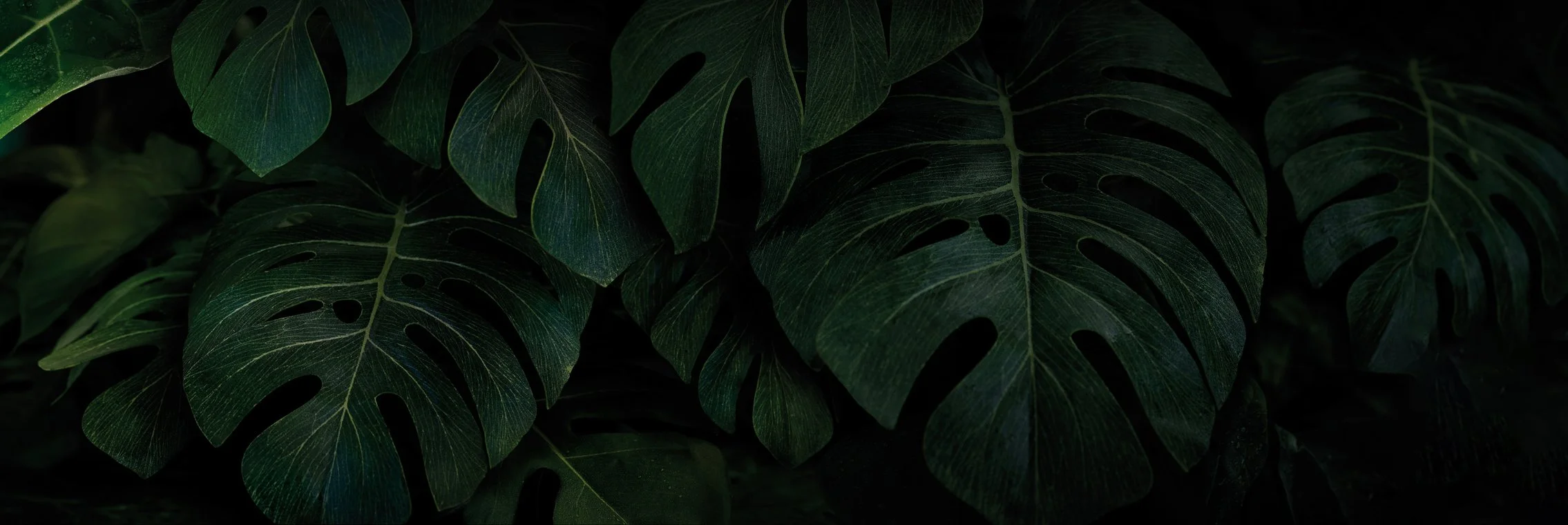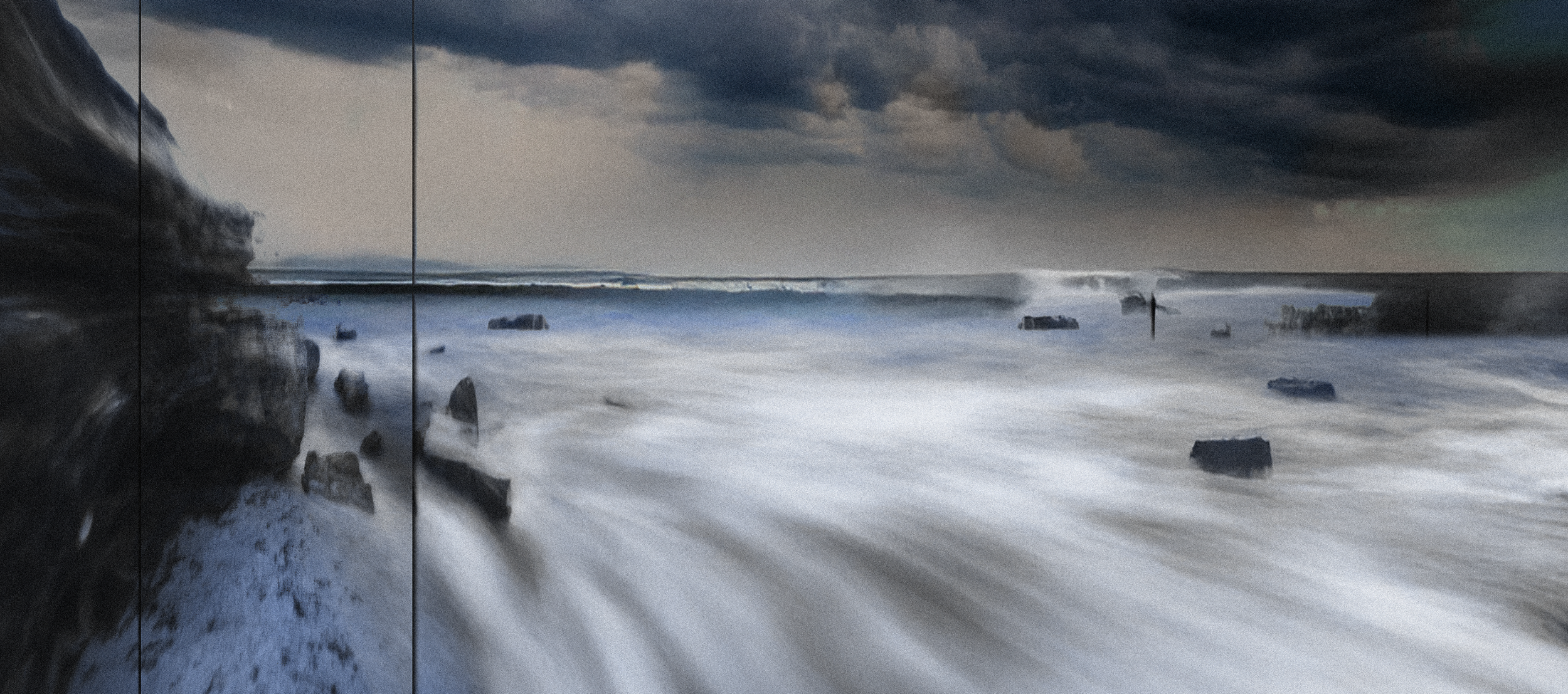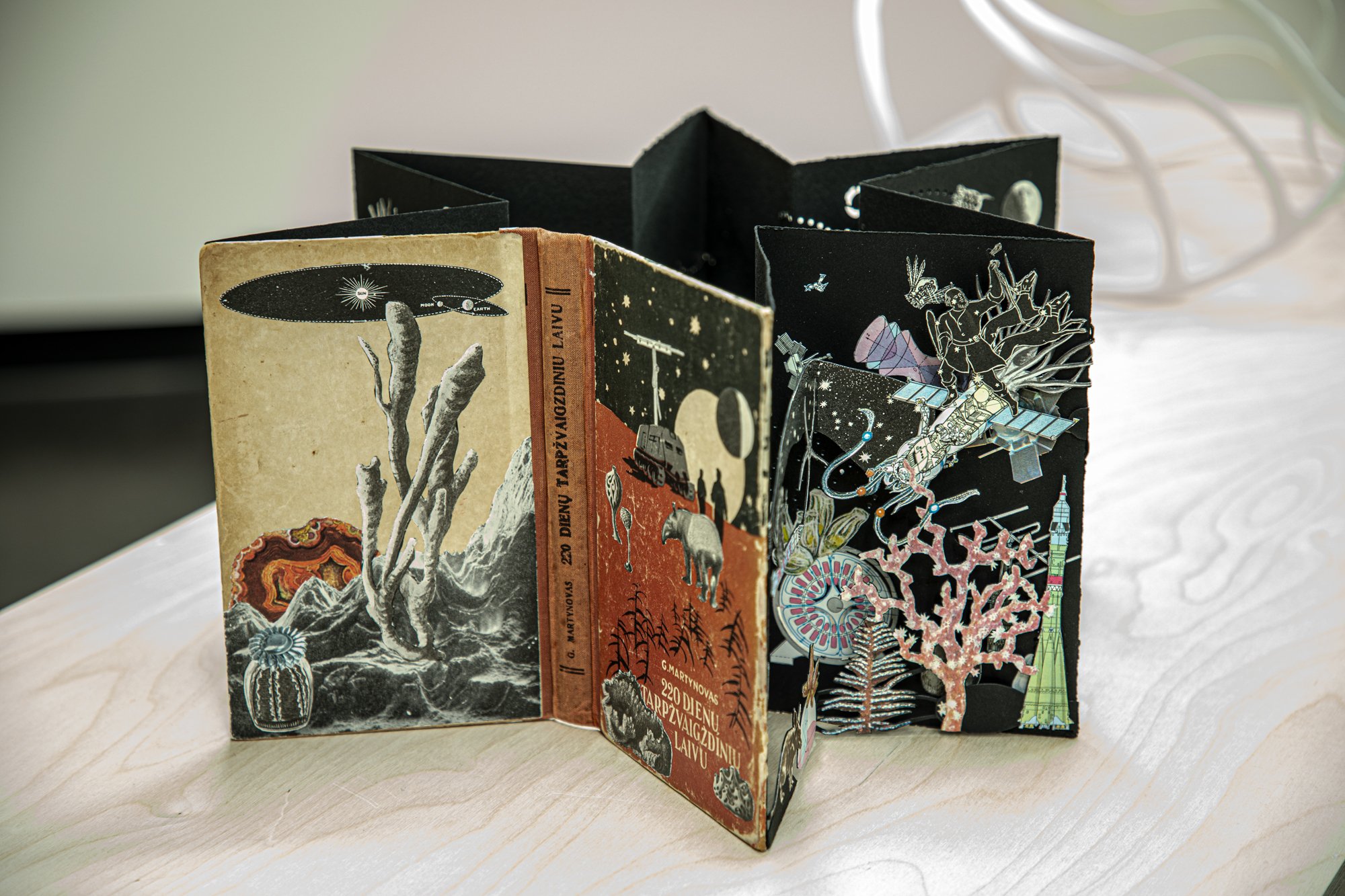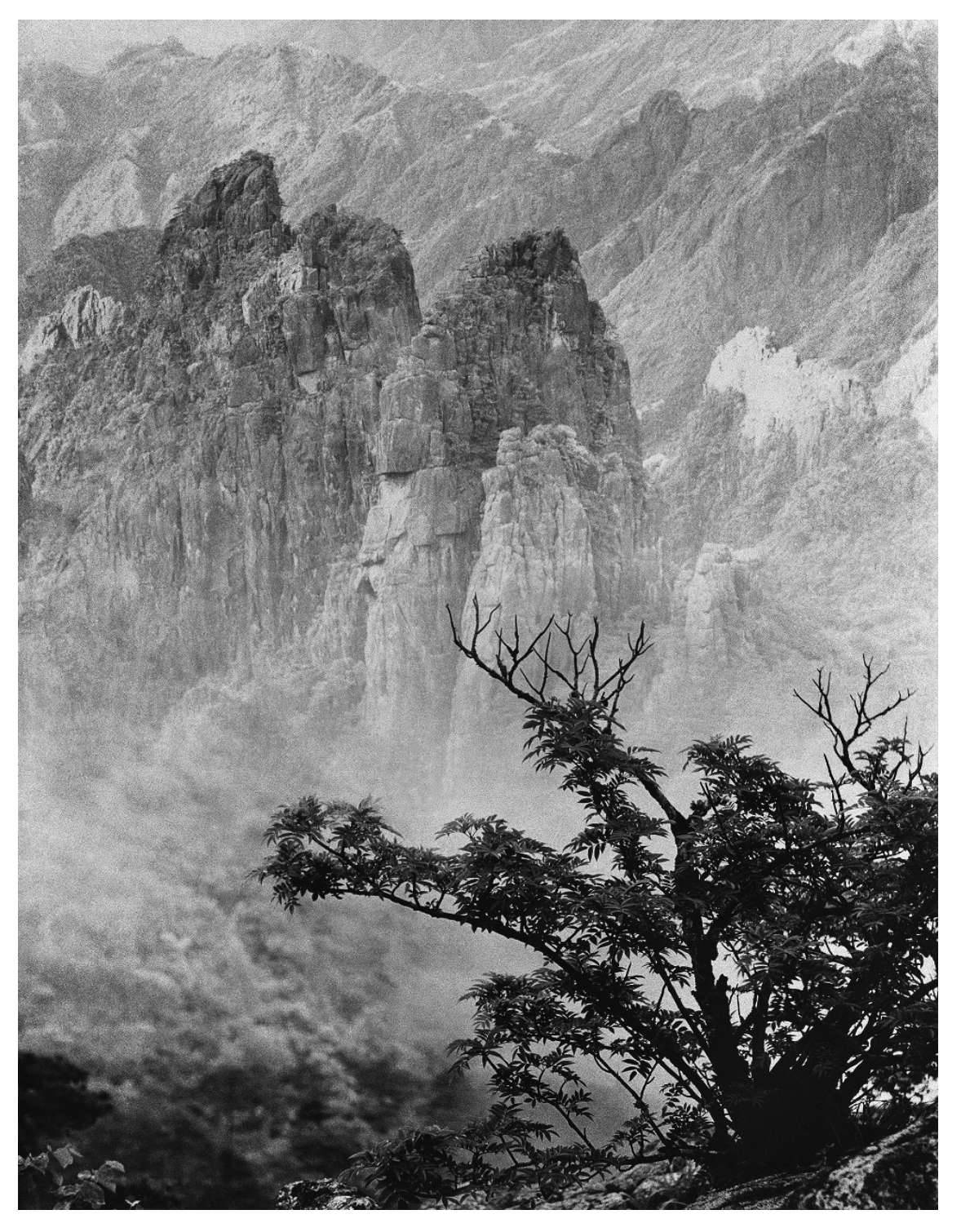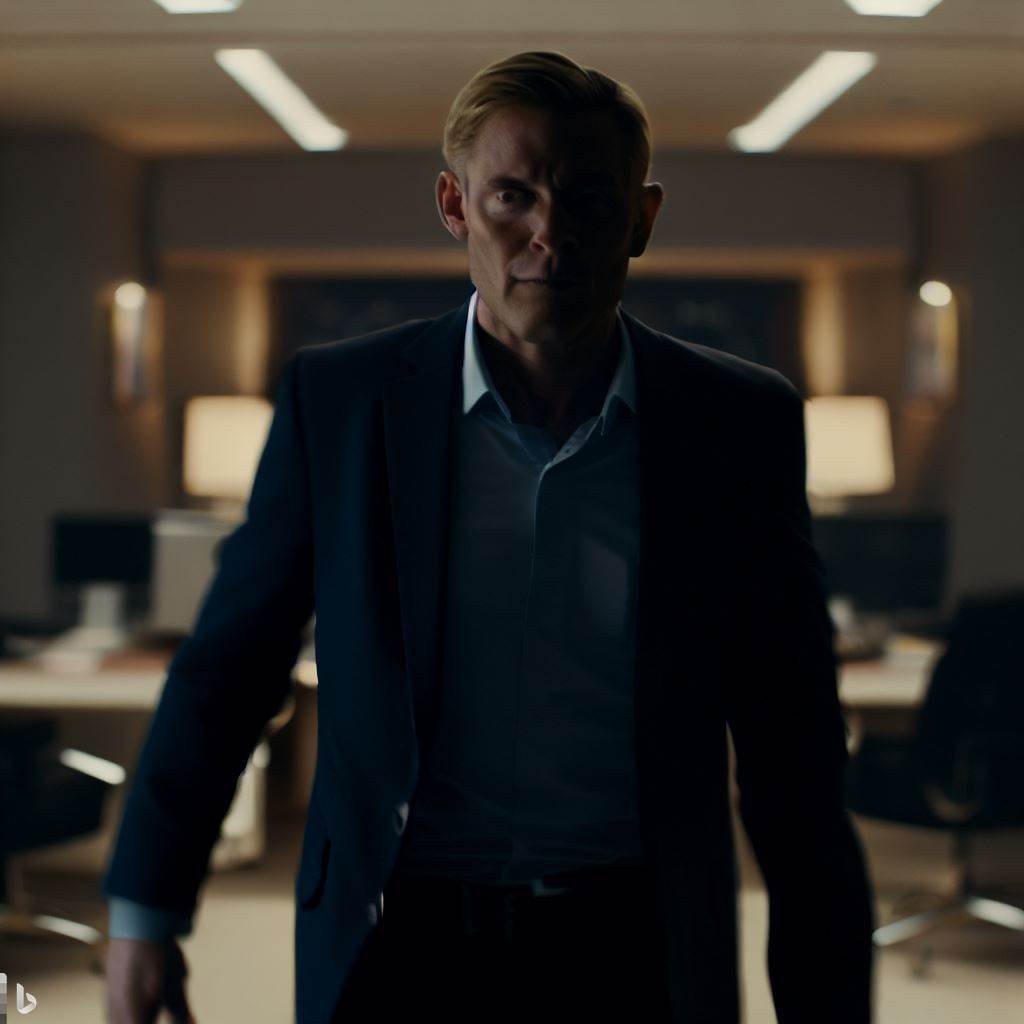Black Rock, Coastal Series
I am honoured to announce that selections from my ongoing Coastal Series will be exhibited at the Xposure International Photography Festival in Sharjah, United Arab Emirates.This esteemed event is scheduled to take place from February 20 to 26, 2025.
About the Coastal Series:
The Coastal Series delves into the intricate relationship between nature and human interaction along the shorelines of Australia and New Zealand. Through photography, moving images, and mixed media, the series captures:
The dynamic interplay of textures and light found along the coastlines.
Environmental and historical narratives embedded in these natural spaces.
A contemplative approach to how we perceive and interact with these fragile ecosystems.
About Xposure International Photography Festival: Xposure is a premier photography festival in the Middle East, supported by professionals and industry experts.
It attracts some of the world's best photographers, offering workshops, seminars, and exhibitions. The festival serves as a dynamic platform for photographers, filmmakers, and enthusiasts worldwide to showcase their work, exchange ideas, and inspire each other.
Black Rock No.2, Coastal Series
About Sharjah: Sharjah, the third-largest emirate in the United Arab Emirates, is renowned for its rich cultural heritage and dedication to the arts. The city boasts numerous museums, galleries, and cultural centers, making it a vibrant hub for artistic expression and cultural exchange
Follow My Journey: Stay updated on my preparation and exhibition experiences:
Instagram: @kozka
Website: www.kozka.com
Thank you for your continued interest in my work. I look forward to sharing this series and connecting with visitors during the festival.
